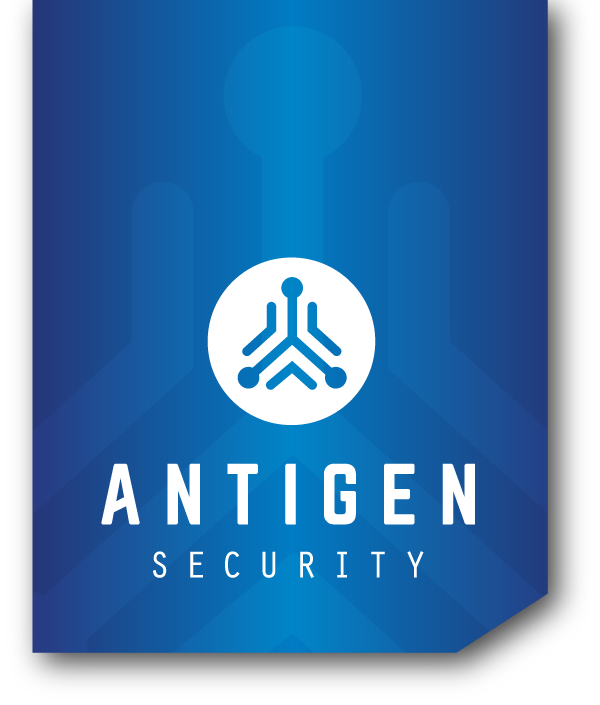Private and public educators are saving significantly on cyber insurance premiums thanks to exclusive cyber security programs.
Case Study: Strengthening Cybersecurity for an Educational Institution
Background
A prominent educational institution serving thousands of students, staff, and faculty sought to modernize its security infrastructure. The organization managed a wide range of digital assets—everything from student records and financial aid information to learning management systems—spread across multiple campuses and remote environments. With increased regulatory scrutiny (e.g., FERPA compliance) and the ever-present threat of cyber attacks, the institution needed a robust security solution that could both protect sensitive data and demonstrate a reduced risk profile to insurers.
Challenges
- Complex IT Environment
- Multiple campuses, each with its own network configuration, devices, and user roles.
- A blend of on-prem servers and cloud-based applications to facilitate remote learning and administrative tasks.
- Data Protection and Compliance
- Student information and research data needed strict safeguards to maintain confidentiality and meet regulatory requirements.
- Existing controls were siloed, making it hard to present a unified compliance and security framework.
- Skyrocketing Cyber Insurance Premiums
- Insurers flagged educational institutions as high-risk due to frequent phishing, ransomware, and data breach incidents across the sector.
- The institution needed to showcase a strong, industry-aligned cybersecurity posture to reduce premium costs.
Antigen Security’s Approach
- Unified Security Framework
- Deployed a centralized security platform that provided consistent protection and visibility across the institution’s various campuses and cloud services.
- Implemented next-generation threat detection and response capabilities tailored to the education sector’s unique challenges.
- Regulatory Alignment and Best Practices
- Integrated compliance safeguards (including FERPA considerations) within the broader security strategy, ensuring comprehensive coverage for student records and research data.
- Delivered documented policies and workflows to demonstrate compliance readiness to auditors and insurance underwriters.
- Cost-Reduction Strategy for Cyber Insurance
- Collaborated with insurance carriers to highlight how the newly deployed controls reduced the risk of data breaches and operational downtime.
- Provided evidence-based reporting on the institution’s security improvements—showing lower overall risk, and thereby reducing premiums.
Implementation Highlights
- Adaptive Access Controls: Multi-factor authentication (MFA) enforced across all sensitive systems, ensuring only authorized personnel could access critical data.
- Threat Intelligence Integration: Real-time monitoring identified patterns that could indicate threats targeting students and staff, such as phishing attempts or malicious websites.
- Encryption and Network Segmentation: Sensitive student records, administrative portals, and research data were systematically compartmentalized, lowering the risk of widespread compromise.
Results
- Enhanced Security Posture
- The institution reported fewer successful attacks and faster response times, significantly reducing overall risk exposure.
- Regulatory Compliance Confidence
- The newly structured security framework aligned seamlessly with FERPA guidelines, bolstering trust among students, parents, and faculty.
- Substantial Insurance Savings
- Demonstrating measurable risk reduction led to significant cuts in cyber insurance premiums—often reaching 30-60%, freeing budget for technology improvements and educational initiatives.
Conclusion
By partnering with Antigen Security, this educational institution established a holistic cybersecurity strategy that not only safeguarded sensitive data and systems but also demonstrated clear value to insurance carriers. Through an integrated mix of advanced threat detection, regulatory alignment, and continuous risk assessment, the institution now enjoys a fortified digital environment, significant cost savings, and lasting peace of mind for faculty, students, and stakeholders alike.
